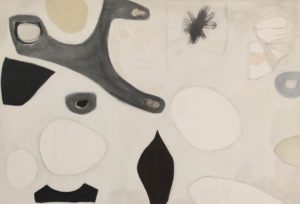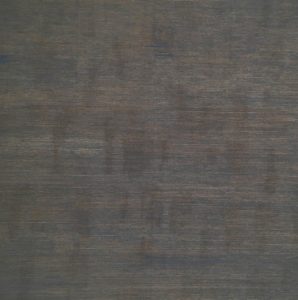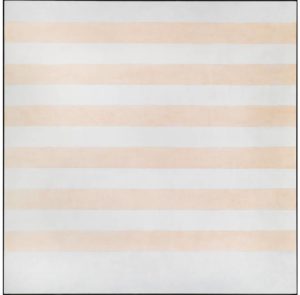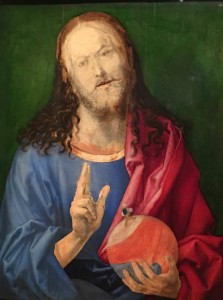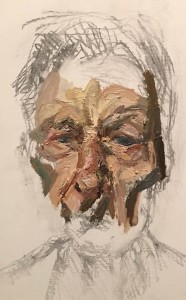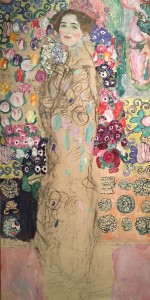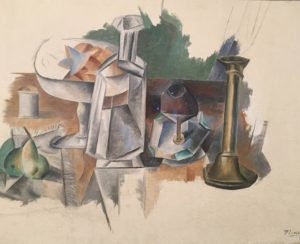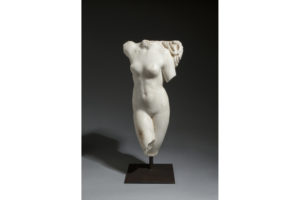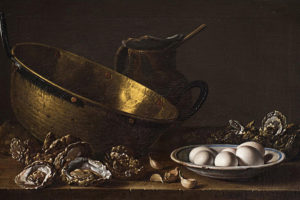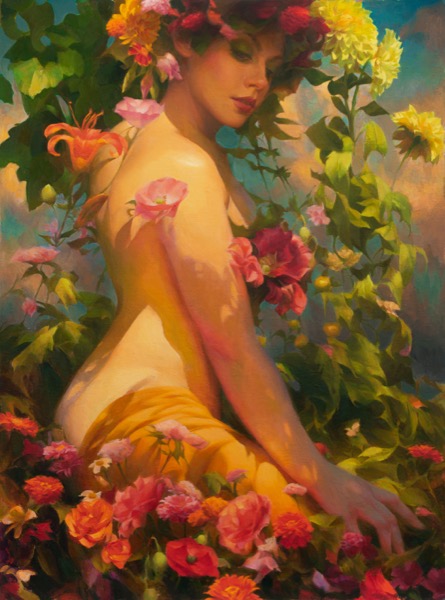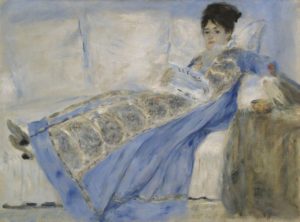
In our ongoing series of reviews of exhibitions around the world that we personally visit, we move from the retrospective of the abstract works of Agnes Martin at LACMA in California last year to a century earlier and a retrospective in Spain of Pierre Auguste Renoir. You may recall that the presence of such artist’s works in acclaimed museum collections such as the Norton Simon, BFA and the Met were the subject of protests in the U.S. in 2015 with organizers calling his work “aesthetic terrorism” (See FB Oct 17, 2015 post).
Despite such objections, it appears that the artist’s reputation and popularity remain alive and well as evidenced by the success of the first retrospective exhibition held in Spain of his work, entitled Renoir: Intimacy that just closed at the Museo Thyssen-Bornemisza in Madrid and has moved on to the Museu de Bellas Artes de Bilbao from Feb 7 to May 15 2017.
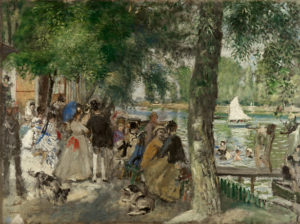
While most of us associate Renoir with outdoor group scenes of frolicking Parisians, this survey exhibition of 78 works from public and private collections around the world presents a wide range of genres ranging from portraits, nudes, still life to landscape.
As indicated by the theme and title, the retrospective emphasizes the artist’s compelling sense of intimacy produced not only via subject, setting and technique (emphasis on physical proximity with close-ups of the model), but notably through Renoir’s focus on the tactile sensation created by his use of volume, material and texture.

And while Renoir’s fleshy nudes of his later period continue to be the subject of controversy amongst critics, and others have disparaged his many portraits of women as saccharine, even the doubters have to admire the serious tenor, dignified beauty and impressive technique of the exhibit’s lesser known realist portraits of his earlier periods such as the Portrait of Marie-Zelie LaPorte seen here.
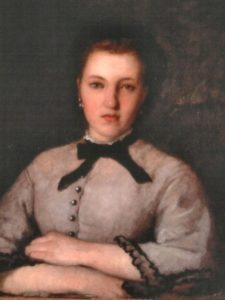
Interestingly, there are also a number of portraits of Renoir’s family members and domestic servants that provide intimate insights into the painter’s personal life and influences.
Perhaps, the most surprising and refreshing body of works were the small landscapes of France and Italy painted by Renoir as a means of escaping the stresses of executing figurative works that were the overwhelming mainstay of his oeuvre. With landscapes, Renoir could experiment freely with color and his creative techniques.
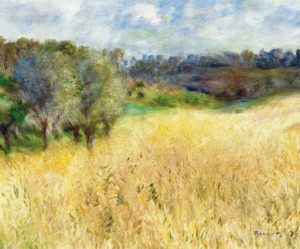
More importantly, consistent with the intent of the exhibit curators and organizers, the retrospective invites the viewer to not only appreciate the visual elements of Renoir’s work, but to savor the sensory delights presented by room after room of works that bombard all of the senses from sight to touch to sound. Indeed, the exhibit culminates in an installation that includes a sound track coupled with a reproduction in relief of a landscape (Woman with a Parasol in a Garden) that beckons the viewer to touch the painting and experience its textures and smell the array of flowers depicted there in the garden (fragrances are contained in various containers) while listening to the breeze and buzzing of bees and children’s voices contained in the audio guide.
Although there is no substitute for seeing the exhibition in person which I was thrilled to do during my recent trip to Spain, take a few minutes and enjoy the museum’s virtual tour or consider taking that trip to Barcelona that you have been contemplating!
Shannon Robinson is the curator and chairperson of the biannual exhibition Windows to the Divine and the annual symposia by Collectors for Connoisseurship (Oct 13-15, 2017 in NYC).
